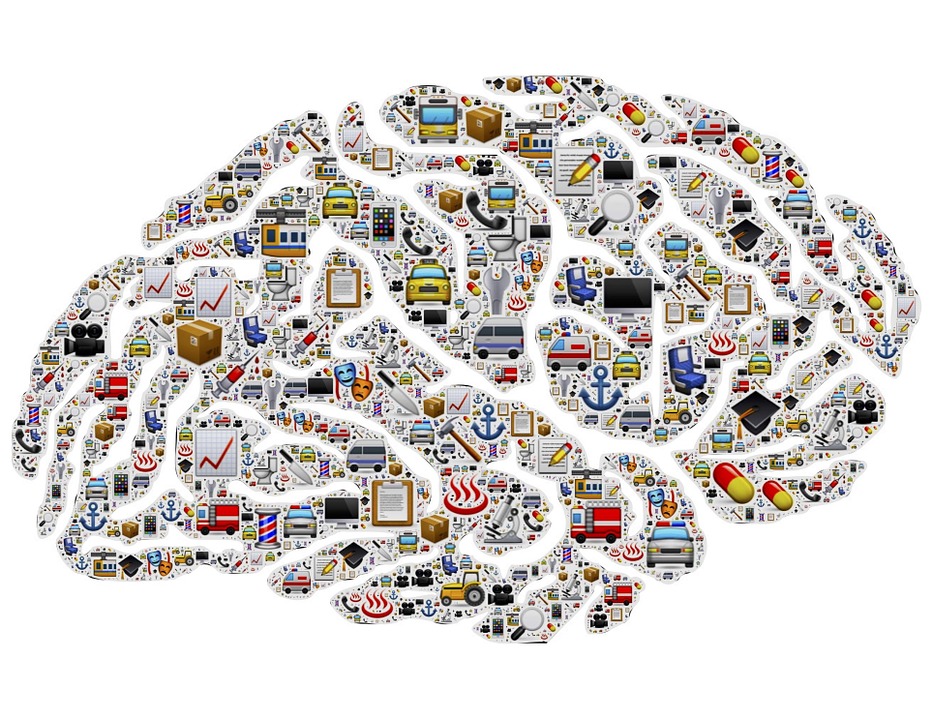10.2: Introduction to How Memory Functions
- Page ID
- 59935
What you’ll learn to do
Explain the process of memory

Our memory has three basic functions: encoding, storing, and retrieving information. Encoding is the act of getting information into our memory system through automatic or effortful processing. Storage is retention of the information, and retrieval is the act of getting information out of storage and into conscious awareness through recall, recognition, and relearning. There are various models that aim to explain how we utilize our memory. In this section, you’ll learn about some of these models as well as the importance of recall, recognition, and relearning.
Link to Learning
To get a good overview of all of these concepts and to pique your interest, you may choose to begin this module by watching John Gabrieli’s lecture on memory. Listen for some key vocabulary terms you’ll learn about soon, particularly:
- the three-stage model of memory
- short-term memory
- serial position effect
- primacy
- recency
- Ebbinghaus forgetting curve
- proactive interference
- retroactive interference
- flashbulb memories
- false memories
- Explain the two major processes of encoding and the three different ways that we encode sensory information
- Describe the three stages of memory storage
- Distinguish between procedural and declarative memory and semantic and episodic memory
- Explain retrieval cues and define recall, recognition, and relearning
- Explain the brain functions involved in memory; recognize the roles of the hippocampus, amygdala, and cerebellum in memory
Licenses and Attributions
CC licensed content, Original
- Modification, adaptation, and original content. Provided by: Lumen Learning. License: CC BY: Attribution
- How Memory Functions. Authored by: OpenStax College. Located at: http://cnx.org/contents/Sr8Ev5Og@5.52:-RwqQWzt@6/How-Memory-Functions. License: CC BY: Attribution. License Terms: Download for free at http://cnx.org/contents/4abf04bf-93a...fd46e68cc@5.48
- Brain picture. Authored by: John Hain. Provided by: Pixabay. Located at: https://pixabay.com/en/brain-mind-obsession-work-activity-954823/. License: CC0: No Rights Reserved

